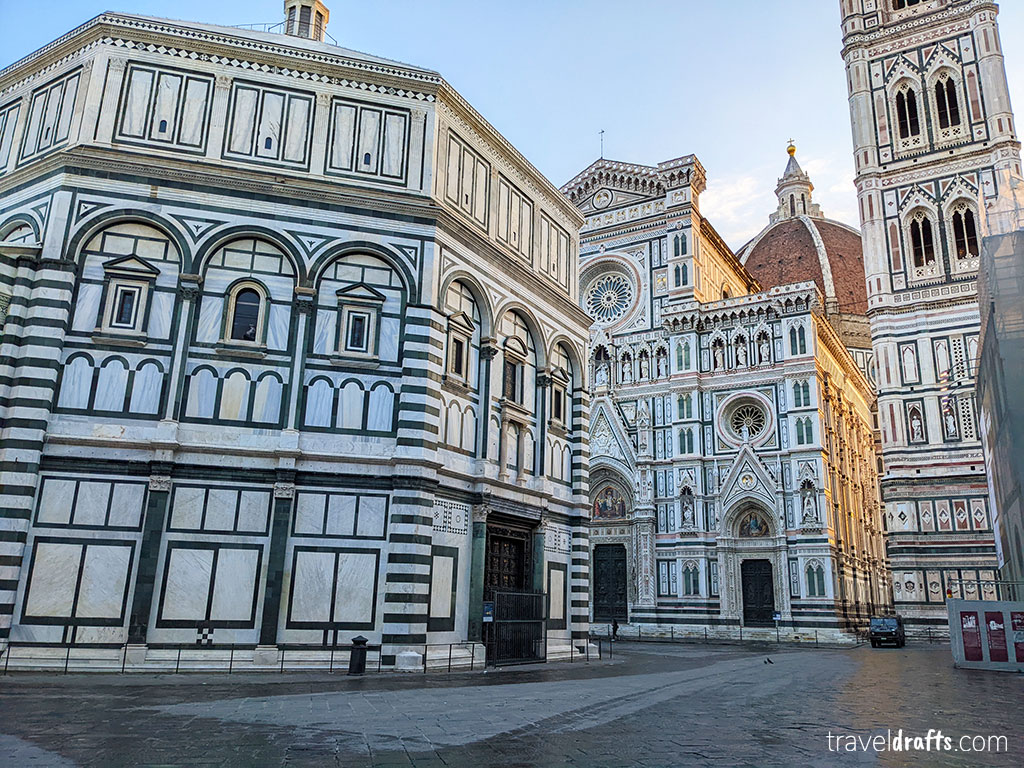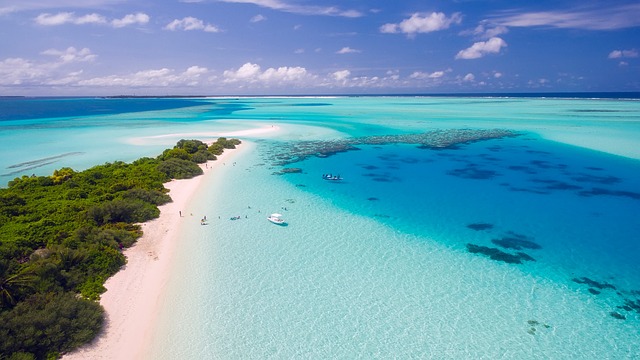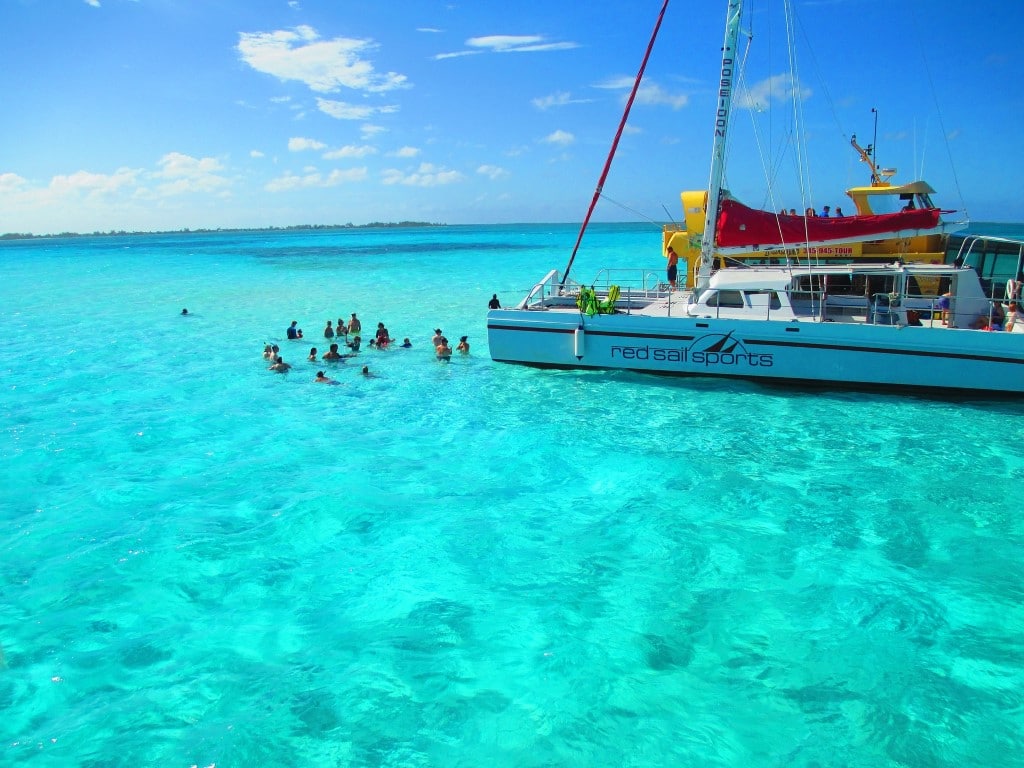#What is Florence Italy known for?

Table of Contents
“What is Florence Italy known for?”
Renascence, gelatos, and the Medici are some of the things people immediately associate with Florence. Let’s explore these and other things Florence is known for.
Located in Central Italy, Florence is the capital and largest city of Tuscany. Its metropolitan area is home to about 1.5 million people making it the 6th largest in Italy. Florence is about 275 km north of Rome, which takes almost 3 hours by car and only 1h30 by high-speed train.
Florence is one of the most popular destinations in Italy and the world. As you would expect in Italy, it is an ancient city, with incredible architecture and impressive landmarks. In fact, thanks to its former glory it has some of the most famous landmarks in Italy.
So, with no more delays, let’s examine what is Florence Italy famous for
10 things florence is known for
Renaissance
The first answer to what is Florence Italy known for is kind of obvious. Florence is known as the cradle of the Renaissance. It was in Florence that the Renaissance was born and where it was most vigorous. At that time Florence was the richest and most influential city in the world.
The Renaissance is the period in European history that marks the transition from the Middle Ages to the Modern Ages, going from the late 14th century to the 16th century. Though precise periodization is impossible as it occurred with different timings through Europe and there’s no major event to mark it.
Characterized by the effort to rediscover and surpass the ideals and achievements of classical antiquity, the Renaissance had its intellectual basis in a version of humanism, putting the man in the center of all things. This radically new way of thinking manifested in everything from every kind of art to science and politics.
The Republic of Florence was the source of the Renaissance. The wealth accumulated in Florence due to its trade success, and its social, civic, and political peculiarities made Renaissance possible. With so much money to spend and the rediscovery of Greek philosophy, the wealthy citizens of Florence (and the Medici in particular) could afford to support artists, scientists, and thinkers, stimulating new ideas and artistic movements.
Florence was the cradle of the Renaissance, but other Italian city-states quickly followed. Venice, Genoa, Milan, and Rome were also extremely important in the development of this new Era. Then, from Italy, it developed to the rest of Europe.

Medici
The house of Medici was the most important and affluent family in Florence during the Renaissance when the city was one of the major centers of medieval European trade and finance and one of the wealthiest cities of that period.
The initial wealth and influence of the Medici came from wool production and trade, but their prominence came mostly from banking and politics during the 15th century. During this period the Medici Bank became the largest in Europe and it was one of the most prosperous and respected institutions in Europe.
At one time the Medici were probably the wealthiest family in the world which facilitated the rise of their political power. Four Popes come from the Medici The family had four popes Pope Leo X (1513–1521), Pope Clement VII (1523–1534), Pope Pius IV (1559–1565), and Pope Leo XI, and received the hereditary title Duke of Florence which was later elevated to the Grand Duchy of Tuscany.
The Medicis ruled Florence and created an environment where humanism, art, and science flourished originating the Renaissance era. They (and other families) were great patrons of arts and science financing the construction of great monuments and the production of amazing art pieces. It is even said that they have funded the invention of the piano and opera.
The Medici were patrons of artists, architects, thinkers such as Leonardo da Vinci, Michelangelo, Raphael, Brunelleschi, Botticelli, Machiavelli, Galileo, Francesco Redi, and many others, which takes us to the next thing Florence is famous for, all the art and museums.

Art and Museums
The Renaissance Era and the Medici family left a huge legacy in Florence. This legacy is visible everywhere in Florence as the city is bursting with artworks, Renaissance buildings, and museums. When an art enthusiast thinks of Florence he immediately thinks of museums full of renaissance paintings and sculptures and architecture.
There are about 80 museums in Florence, holding countless art pieces including some world-famous masterpieces. The most famous and popular museums in Florence include:
- Uffizi galery – the largest and most famous museum in Florence, it includes hundreds of wonderful artworks including the Birth of Venus and la Primavera of Boticelli. Venus of Urbinoof Titan and so many others.
- Pitti Palace – enourmous palace with impressive rooms and a huge collection of paintings, including several work of Raphael.
- Galleria dell’Accademia, where Michelangelo’s David is located.
- Palazzo Bargello (Museo Nazionale) – it has an impressive collection, particularly of statues – including Donatello’s David
- Palazzo Vecchio – impressive building, with several outstanding works of art. It also allows a visit to the Vasari Corridor which was constructed to provide a safer and faster route to Palazzo Vecchio and the Uffizi.
Despite all the museums, we also need to mention that you can also find impressive artwork in the city. For example, there’s a replica of Michelangelo David right in front of Palazzo Vecchio. Or you can enjoy the view of the fascinating Brunelleschi’s dome from several city points. It is an overused expression, but in Florence’s case it’s true: the whole historic center is a museum!

Banking
Besides the revolution that happened in the art and scientific worlds, northern Italy was home to another revolution with the creation of modern banking. As usually in this era, Florence was one of the leaders and where most of the biggest players emerged. Though rich cities like Lucca, Siena, Venice or Genoa were also pivotal.
We can trace back modern banking to the Renaissance period, and many innovations related to it appear at that time. The first known deposit bank was Banco di San Giorgio, founded in Genova in 1407, which the oldest continuously operating bank is Banca Monte dei Paschi di Siena created in Siena in 1472.
Nevertheless, it was the rich families from Florence that dominated banking in this period. During the 14th century, it was the Bardi and Peruzzi families which established branches spread all over Europe, lending money to risky enterprises, particularly to finance monarchy and their wars.
The Medici Bank was possible the most famous and most powerful bank of the 15th century. Created in 1397, it was the financial arm of the all-powerful Medici family. Though, it only lasted until 1394, during its prime it was the largest and most respected bank in Europe.
The Medici bank was also a pioneer in banking, contributing to its evolution from earl medical banks to modern banking with the improving of the general ledger system through the development of the double-entry system of tracking debits and credits. They are not the most fashionable inventions, but they ended up being pivotal in wealth creation which allowed everything else like the impressive landmarks we love today.

Impressive landmarks
The rich history of Florence led to the creation of some of the most famous landmarks in Italy and Europe. They are mainly medieval and Renaissance buildings that were created and designed by some of the geniuses that lived in Florence at the time.
As we said earlier, Florence was one of the most important cities in the world, attracting artists and scientists that created some of the impressive monuments in Europe. We are talking about geniuses like Brunelleschi, Giotto, Michelangelo, Donatello, da Vinci, Vasari, among many others. This huge concentration of wealth and talent left a beautiful in mark Florence. Some of the most well known and impressive landmarks are:
- Santa Maria Del Fiore with Brunelleschi’s dome and Giotto’s Tower
- Baptistery of St. John
- Uffizi Galleries
- Pitti Palace and Boboli Gardens
- Ponte Vecchio
- Palazzo Vecchio
- Vasari’s Corridor
- San Lorenzo Basilica
- Santa Croce church
- Bargello Palace

Leather
Florence and nearby regions are the biggest leather producers in Italy and are famed for the quality of their products. The tradition of producing and working leather dates back to ancient times when the proximity to the Arno river provided the enormous water supply needed for the tanning process.
This century-long tradition is still kept alive today by artisans who continue to love their hand-crafting leather. Their leather is exceptionally soft and supple, but they still design new textures, embossing, and colors.
While walking through Florence it is possible to find a seemingly endless number of shops, offering leather jackets. There are so many stores and markets offering leather jackets in Florence that it can be overwhelming. Though one thing is for sure, you won’t have problems finding where to buy some traditional leather jacket.
Huge tourist crowds
It is no secret that Florence is an amazing tourist destination. It has great food, beautiful monuments, museums, and a long and fascinating history. Plus, everything comes together in a rather small walkable area. It is perfect for romantic escapades, solo travelers, and groups.
The problem? Well, everyone knows this… almost everyone has a good reason for going to Florence so it attracts millions of people every year. In 2019, there were about 16 million overnight stays in Florence – a city of less 400 000 people, and where you can walk from north to south in about 20 minutes.
A lot of people in a small place mean huge crowds, particularly in Summer. Though, we should note that Florence is crowded the whole year. When visiting Florence we need to count on having to deal with crowds at all times.
Though, we are not complaining (maybe a bit), the city is amazing and it’s only normal that so many people want to experience it, as do we and probably you. Just be prepared for it.

Bistecca alla Florentina
Bistecca a la Florentina is possible the most famous food from Florence. It is thickly cut and very large Tuscan T-bone steak. You won’t have any problems finding this delicacy and it is present in lots of restaurants’ menus – many of them claiming they have the best Bistecca in town.
The origin of the name Bistecca alla Florentina is curious. Legend says that Bistecca is a corruption of the words “beef steak”. During the Renaissance, a few English knights were waiting to be served and started to loudly ask for the beef-steak. The Italians liked the name and it stuck. So, bistecca alla Florentina simply means Florentine beefsteak.
The Bistecca alla Florentina is a simple dish, with few ingredients, but it is a very detailed process. The meat typically comes from Chianina cattle (though several other breeds are used) and should be aged at least two weeks in cold rooms, and at room temperature when cooking. The cut should weigh at least 1kg and have a height of 5-6cm ( two-three fingers)
The Bistecca is grilled over red-hot coals and should be turned only once after cooking for 3 to 5 minutes per sire. No more than that, as this is a rare cooking dish. The outside forms an aromatic crust, while the interior is soft and red with myoglobin.
Gelatos
There are very early records of frozen drinks or sweets being consumed in China, Persia, and even in Sicily. Though, these were all much more similar to sorbets than to ice creams. The turning point to creating an ice cream came during the Renaissance when the simple mixture of ice with sweets became the pasty, creamy gelatos we love today.
This change happened in Florence when the eggs, milk, and sugar were added to the ice creating the dense and soft gelatos. Then all the other flavors were added. And, Italians being Italians made an art out of it, elevating ice creams to their perfection. The new invention quickly spread through European courts, but only much later did it becomes easily available to the public.
So, when in Florence having one gelato is almost mandatory. It’s also a historical and cultural experience, and if wasn’t, it’s all good – Italian gelatos are absolutely delicious.

If you liked the article, do not forget to share it with your friends. Follow us on Google News too, click on the star and choose us from your favorites.
For forums sites go to Forum.BuradaBiliyorum.Com
If you want to read more Like this articles, you can visit our Trip & Travel category.



